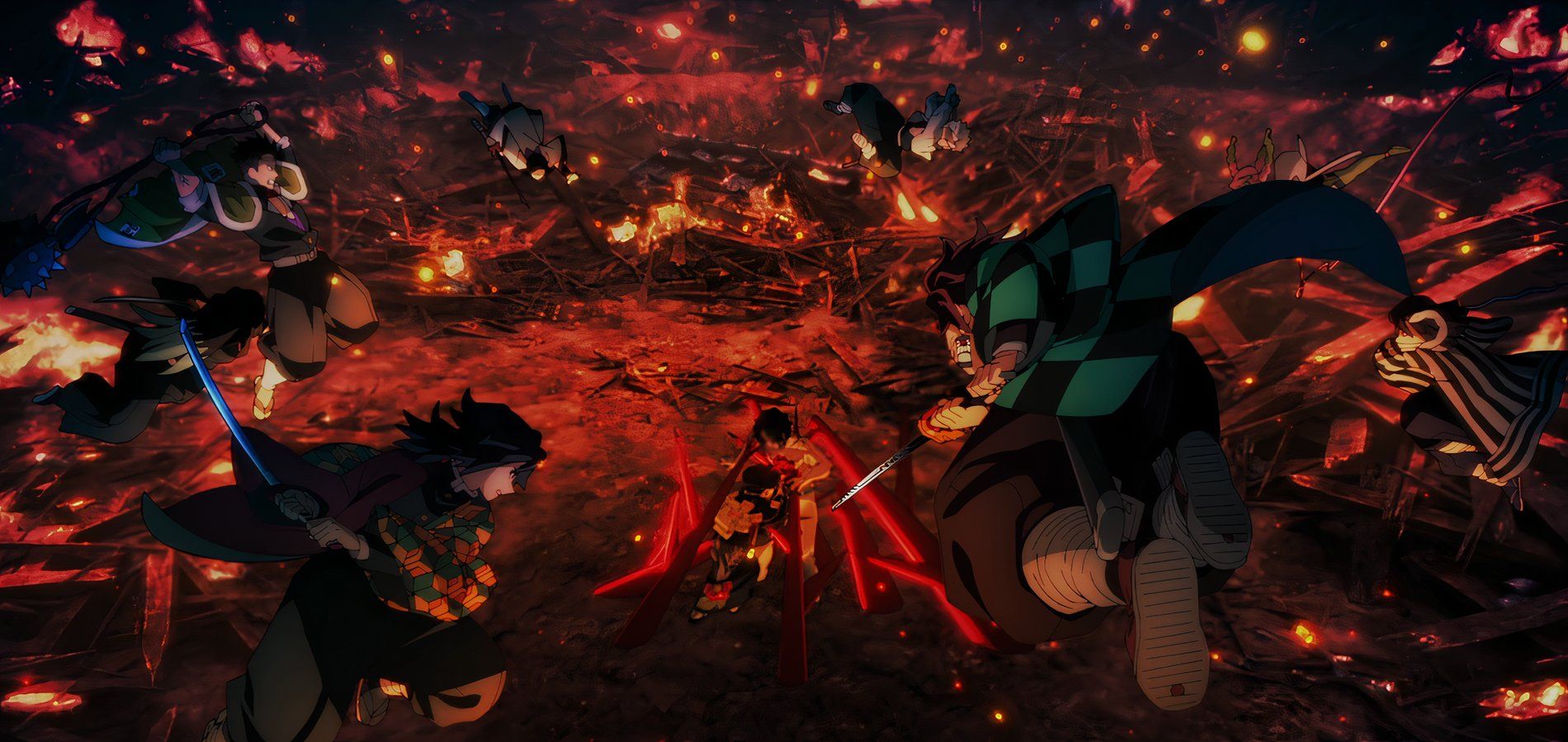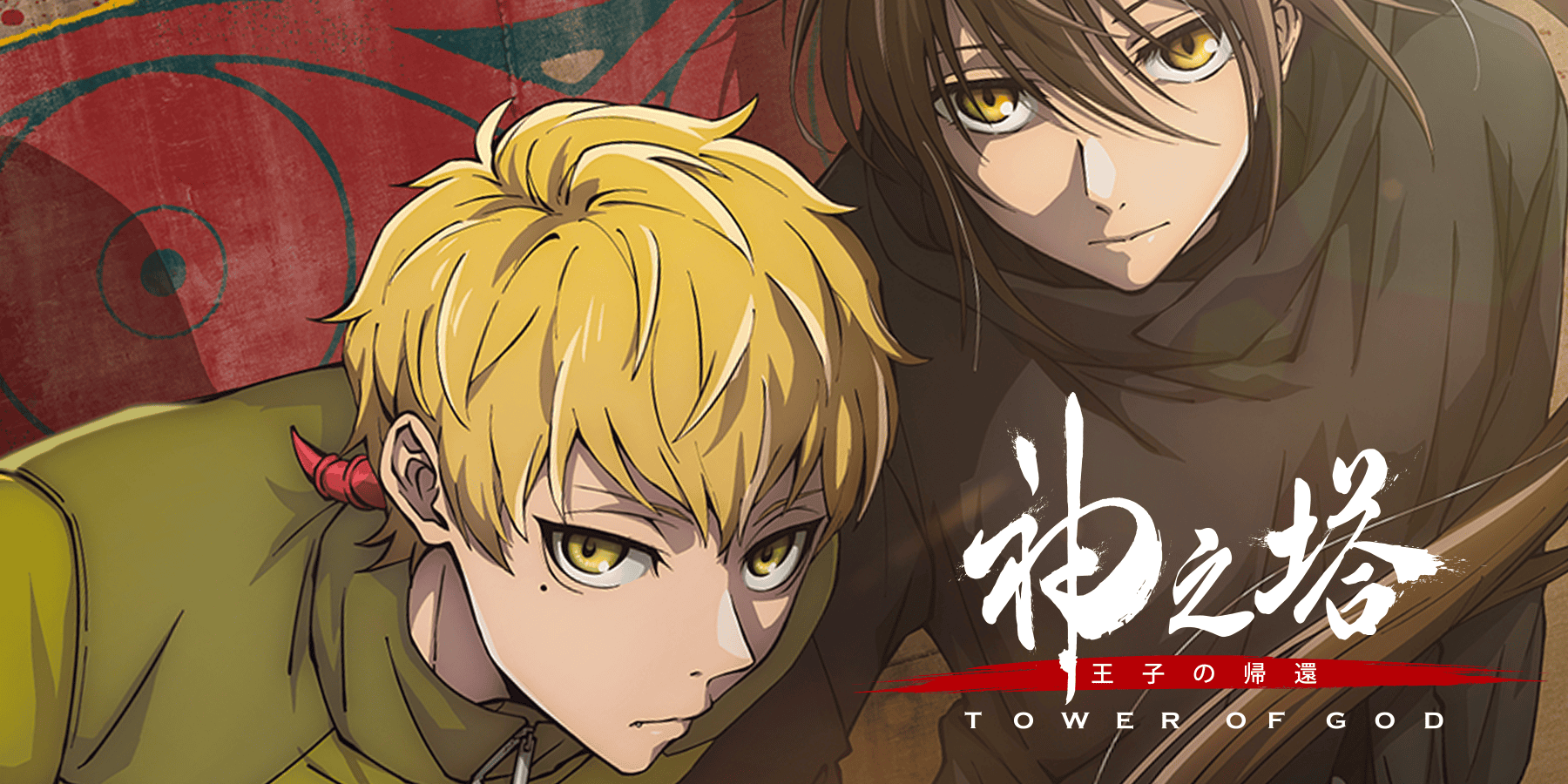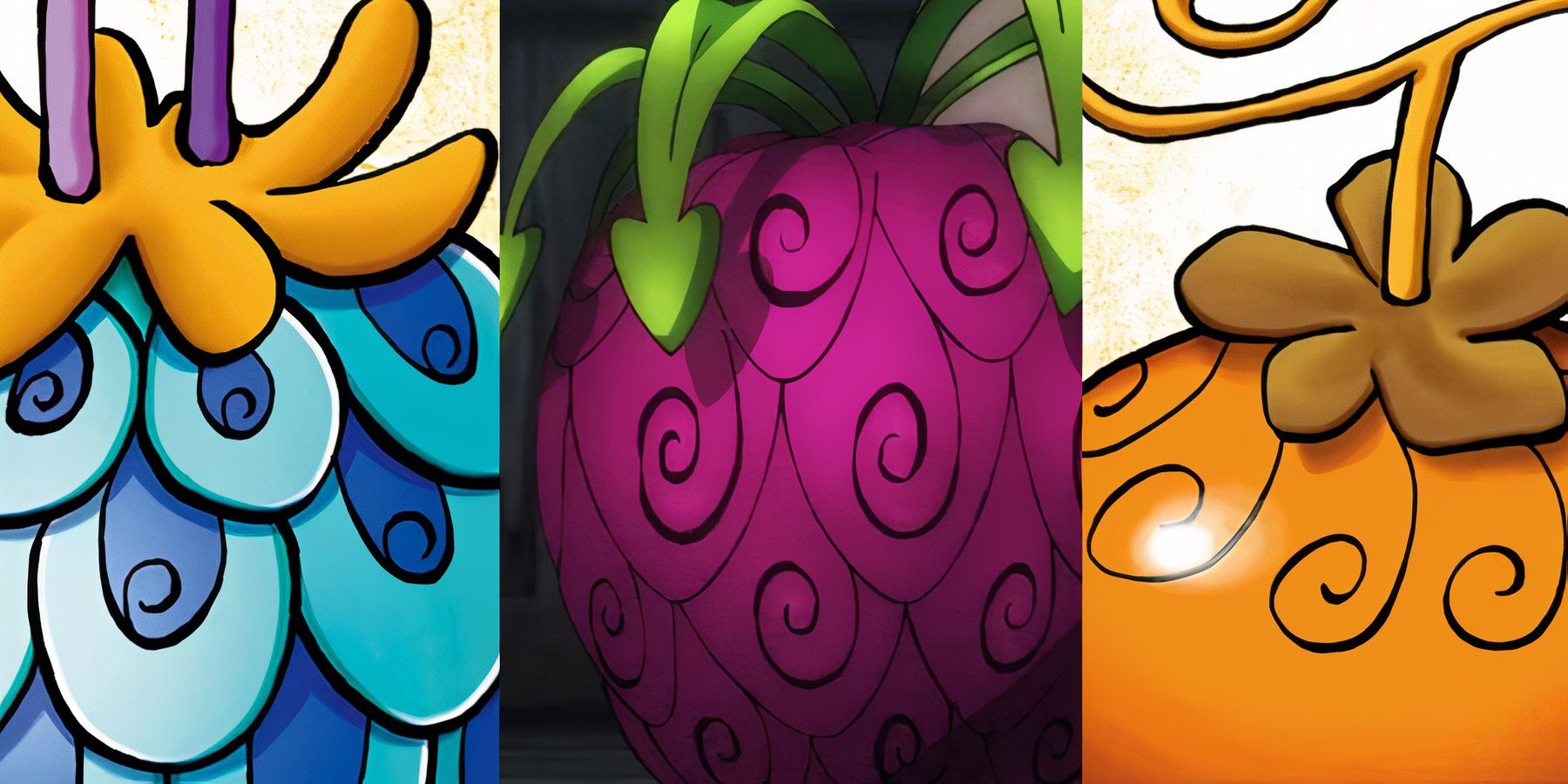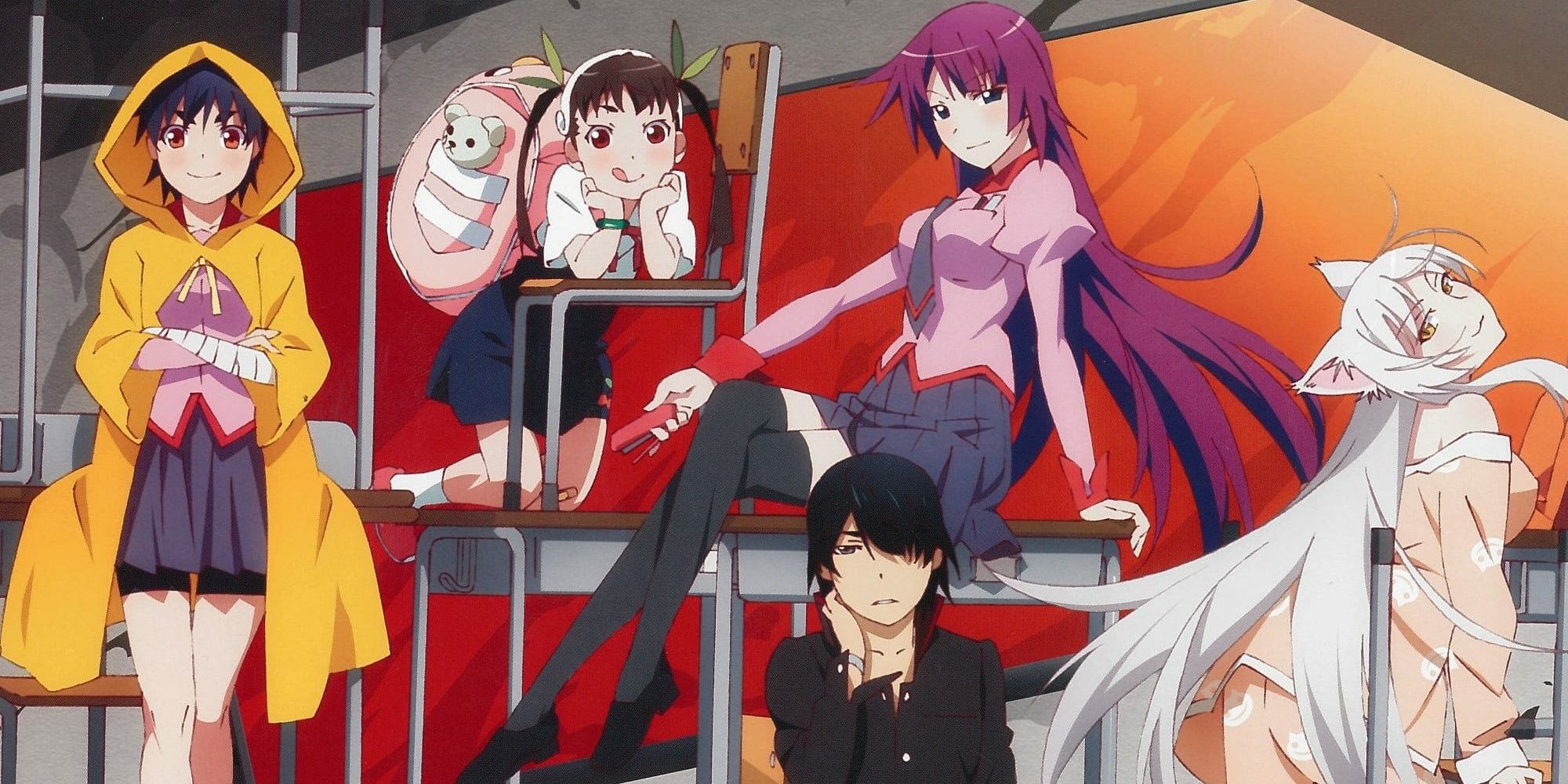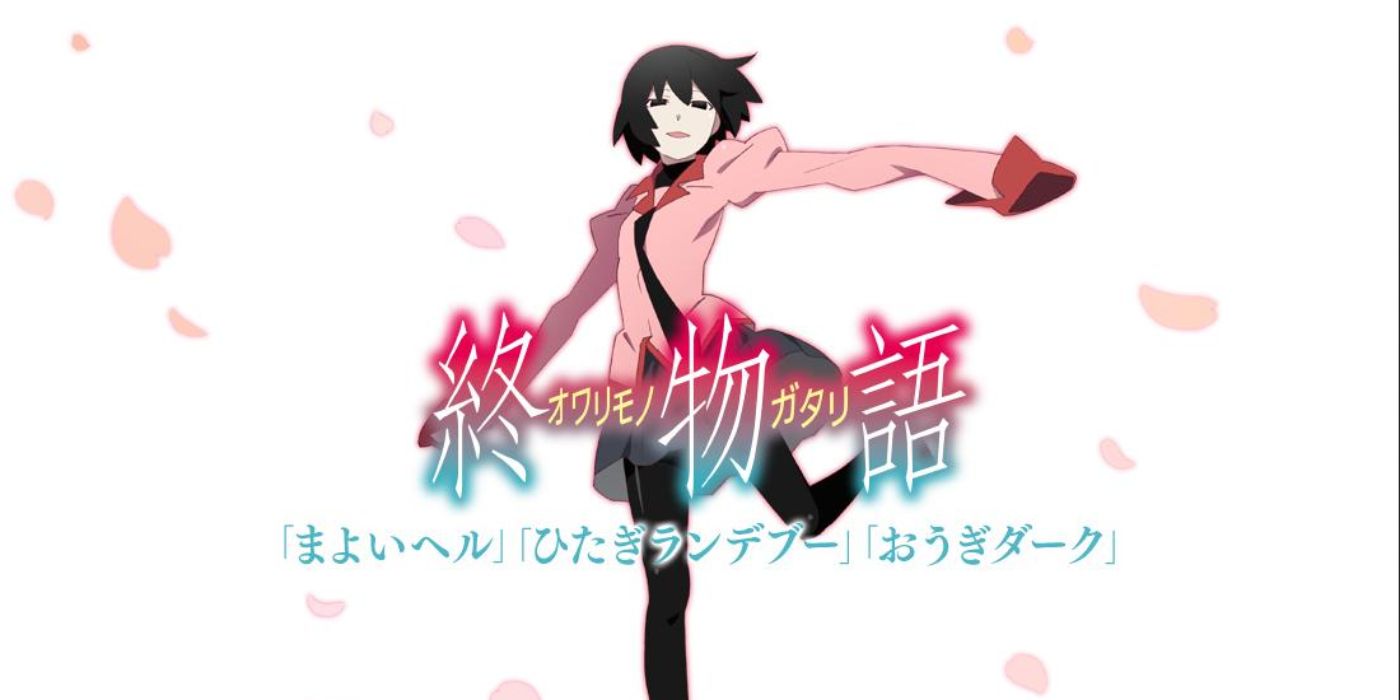The long-running Monogatari series is an anime franchise based on a collection of light novels written by Nisio Isin. It's a very distinctive supernatural anime, with a very bizarre, avant-garde style and a large focus on witty banter and rambling dialogue characteristic of Isin's writing. The first series (Bakemonogatari) aired in 2009, and since then, the franchise has grown into a massive property with multiple entries, including a film series.
Newcomers to the Monogatari series may find themselves confused about how to start watching. Unlike most anime, the Monogatari series does not follow the regular seasonal structure of 12 to 13 or 24 to 26 episodes. Instead, its "seasons" are split up into mini-series structured around the story arcs established in the novels. While this can make keeping track of all of these series somewhat bothersome, they can also be easily grouped into three main seasons.
Monogatari Series: First Season
New fans should naturally start at the first entry in the series, Bakemonogatari (15 episodes). It is an important series that introduces the majority of the major characters in the series, including main character Koyomi Araragi, as well as major characters Hitagi Senjogahara, Tsubasa Hanekawa, Mayoi Hachikuji, Suruga Kanbaru, and Nadeko Sengoku. Supporting characters Meme Oshino and the mysterious Shinobu Oshino also appear. The series introduces Koyomi as a pseudo-vampire who often finds himself having to deal with the supernatural "oddities" that plague nearly everyone he meets.
After Bakemonogatari, it is generally recommended that viewers proceed to the film seriesKizumonogatari. The trilogy takes place before Bakemonogatari, and it concerns Koyomi Araragi's first encounter with the vampire Kiss-shot Acerola-orion Heart-under-blade, who would eventually become major character Shinobu Oshino. This film trilogy came very late into the series' run, and it was released long after the first two seasons of Monogatari were, but based on the novel order, the trilogy should come right after Bakemonogatari.
Two more series round out Monogatari's first season:
- Nisemonogatari, which takes place after Bakemonogatari. Its two stories concern both of Koyomi's younger sisters, Karen Araragi and Tsukihi Araragi, and introduce the characters Yotsugi Ononoki and Deishu Kaiki, who would become important characters later. It is 11 episodes long.
- Nekomonogatari (Black), which takes place after Kizumonogatari but before Bakemonogatari. It is the first mini-series in the franchise, being only 4 episodes long, and it concerns Tsubasa Hanekawa's troubled past.
Monogatari Series: Second Season
The second season is composed entirely of mini-series, each one covering a different novel in the series. Instead of introducing new characters, this season mostly concerns itself with exploring previously established major characters in easy-to-watch chunks. Despite its detached nature, there is an overarching plotline that threads between the various mini-series and connects them together. The Second Season also features several mini-series that do not have Koyomi Araragi as the narrator.
The mini-series contained in the Second Season are as follows;
- Nekomonogatari (White) follows up on the events that happened in Nekomonogatari (Black). It is told from the viewpoint of Tsubasa Hanekawa and runs at 5 episodes long.
- Kabukimonogatari is focused on Mayoi Hachikuji, and explores an alternate timeline where Koyomi, through the power of time travel, prevents a major incident from happening, greatly altering things in the future. It is 4 episodes long.
- Hanamonogatari is focused on Suruga Kanbaru, and is told from her viewpoint. It was omitted from the original run of the Second Season, and it was not adapted until a year later. However, it does take place after the events of Second Season, so viewers can either watch it in novel order or after watching the second season. It is 5 episodes long.
- Otorimonogatari is focused on Nadeko Sengoku, and is told from her viewpoint. It begins a running plotline involving Nadeko's oddity-induced character development. It is 4 episodes long.
- Onimonogatari is focused on both Shinobu Oshino and Mayoi Hachikuji. It follows up on the events of Kabukimonogatari, and it is 4 episodes long.
- Koimonogatari is the final mini-series of Second Season, following up on the events of Otorimonogatari. It is told from the viewpoint of Deishu Kaiki and deals with Nadeko, Koyomi, Hitagi, and Shinobu, continuing the events set in motion in the previous chronological arc. It is 6 episodes long.
It is around this time that the chronological order of events can start to become a bit confusing. This is because the series often jumps back and forth between the timeline, with multiple stories occurring at the same time. While some viewers may wish to watch the series in chronological order, it may be best to save such attempts for a later re-watch.
Monogatari Series: Final Season
Compared to Second Season, the third season of the Monogatari series is somewhat more structured. The season starts with the 4 episode mini-series Tsukimonogatari, which revolves around the recurring character Yotsugi Ononoki. It is followed in novel order by Koyomimonogatari, which is actually a 12-episode collection of various stories that occur throughout the Monogatari timeline.
The remainder of the season is composed of Owarimonogatari, which is split into two parts (13 and 7 episodes long, respectively). Owarimonogatari concerns itself with the mysterious Ougi Oshino, a character that initially appeared in Second Season as a side character. This season is capped off by Zoku Owarimonogatari, which acts as an epilogue to the previous arc. It is 6 episodes long.
Although the story continues in the novels, this is the end of the Monogatari series when it comes to the anime. It's entirely possible that new projects will appear in time, but fans thirsting for more of Koyomi Araragi and his friends will have to wait for Verical to publish Orokamonogatari in English, though that might take some time. On the bright side, the Final Season serves as a great closer for the Monogatari series, and it's a good place for the series to end if no more anime end up being produced.

